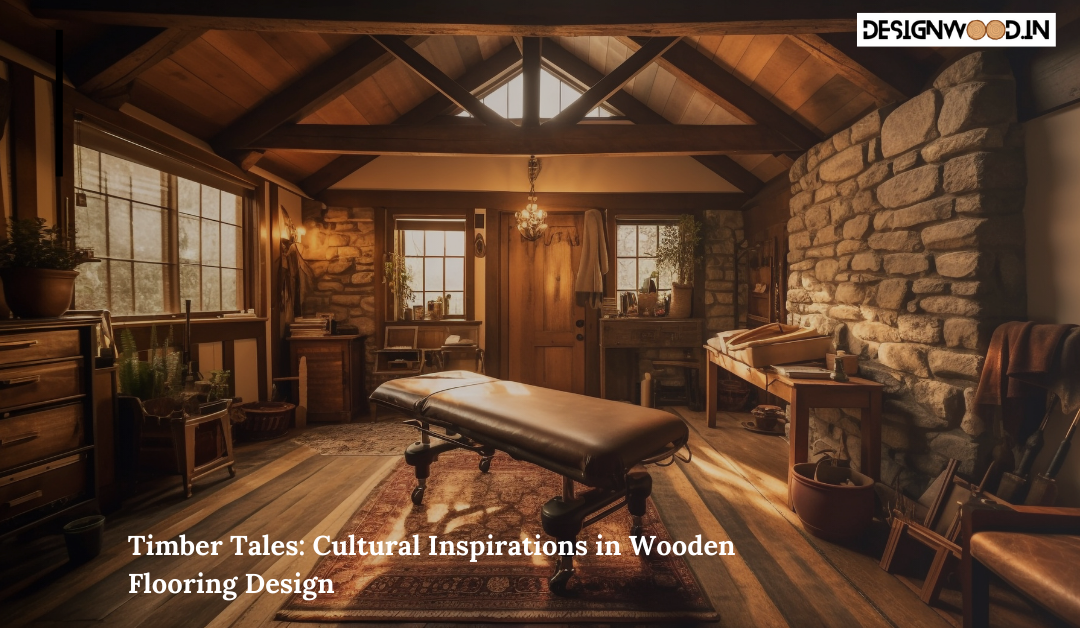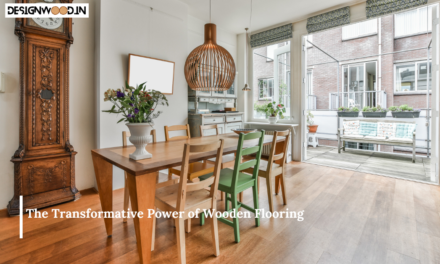Wooden flooring has long been a symbol of warmth, elegance, and durability in interior design. Across the globe, cultures have drawn from their unique traditions, aesthetics, and materials to create distinctive wooden flooring designs. These cultural inspirations reflect the history, artistry, and environmental context of different regions. This article explores how various cultures have influenced wooden flooring design, offering a rich tapestry of styles and techniques.
Asian Inspirations
Japanese Minimalism:
Japanese interior design is known for its minimalist approach, emphasizing simplicity, natural materials, and a strong connection to nature. Traditional Japanese wooden flooring, known as tatami, often incorporates natural wood like cypress or cedar. The flooring design is characterized by clean lines, subtle textures, and seamless integration with other natural elements like bamboo and paper screens. This approach creates a serene, harmonious environment that fosters peace and relaxation.
Chinese Elegance:
Chinese wooden flooring often features intricate inlays and patterns that reflect traditional motifs and symbols, such as dragons, phoenixes, and floral designs. The use of rich, dark woods like mahogany and rosewood is prevalent, adding a sense of luxury and opulence. These designs are not only aesthetically pleasing but also carry cultural significance, embodying the values and beliefs of Chinese heritage.
European Influences
French Parquetry:
Parquet flooring, originating from France, is renowned for its geometric patterns made from small wooden pieces. The most famous pattern is the herringbone, which dates back to the 16th century. French parquet flooring often uses oak, walnut, and cherry woods, chosen for their durability and beautiful grain. The intricate patterns add a sense of movement and elegance, making it a popular choice for sophisticated interiors.
Scandinavian Simplicity:
Scandinavian design is synonymous with simplicity, functionality, and natural beauty. Wooden flooring in this region often features light woods like pine, birch, and ash, which brighten spaces and enhance the sense of openness. The designs are typically straightforward, with an emphasis on the natural grain and texture of the wood. This minimalist approach reflects the Scandinavian philosophy of creating cozy, inviting environments through the use of natural materials and light.
African Aesthetics
Moroccan Geometrics:
Moroccan wooden flooring is distinguished by its bold, geometric patterns and vibrant colors. Influenced by Islamic art and architecture, these designs often incorporate intricate mosaics and inlays using a variety of woods and other materials like marble and ceramic. The elaborate patterns and rich colors add a sense of drama and exoticism, making Moroccan-inspired flooring a statement piece in any interior.
West African Craftsmanship:
In West Africa, wooden flooring often reflects the region’s rich artisanal traditions. The use of local hardwood flooring like iroko and African teak is common and valued for their strength and beautiful color variations. Traditional craftsmanship techniques, such as carving and inlay work, create unique designs that tell stories and convey cultural heritage. These floors are not only functional but also serve as works of art that celebrate African culture and identity.
American Traditions
Native American Influence:
Native American cultures have a deep respect for nature, which is often reflected in their use of wood in flooring. Traditional designs might include hand-carved patterns and symbols that hold spiritual significance. The use of locally sourced woods like oak, maple, and pine is common, emphasizing sustainability and a connection to the land.
Colonial American Style:
Colonial American wooden flooring is characterized by wide planks made from durable woods like oak, hickory, and pine. These floors often have a rustic, hand-hewn appearance, reflecting the practical and resourceful nature of early American settlers. The simplicity and robustness of colonial wooden flooring continue to inspire modern rustic and farmhouse design trends.
Conclusion
Wooden flooring is a versatile and timeless choice that resonates with cultural inspirations from around the world. Each region brings its unique aesthetic and craftsmanship, creating designs that are not only beautiful but also rich in history and meaning. Whether you are drawn to the minimalist elegance of Japanese design, the intricate patterns of Moroccan art, or the rustic charm of American colonial style, there is a wooden flooring design that can reflect your personal taste and cultural appreciation. By understanding these cultural influences, you can choose a flooring style that not only enhances the beauty of your space but also tells a story of heritage and artistry.





